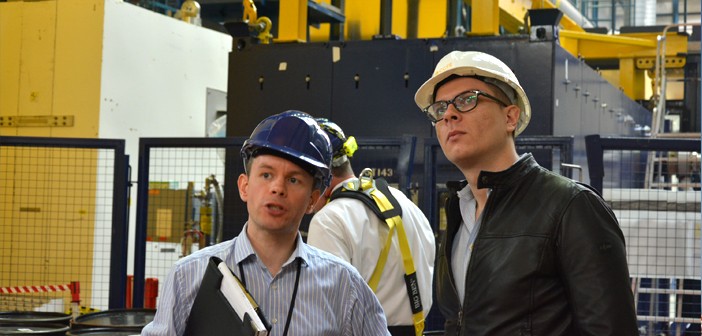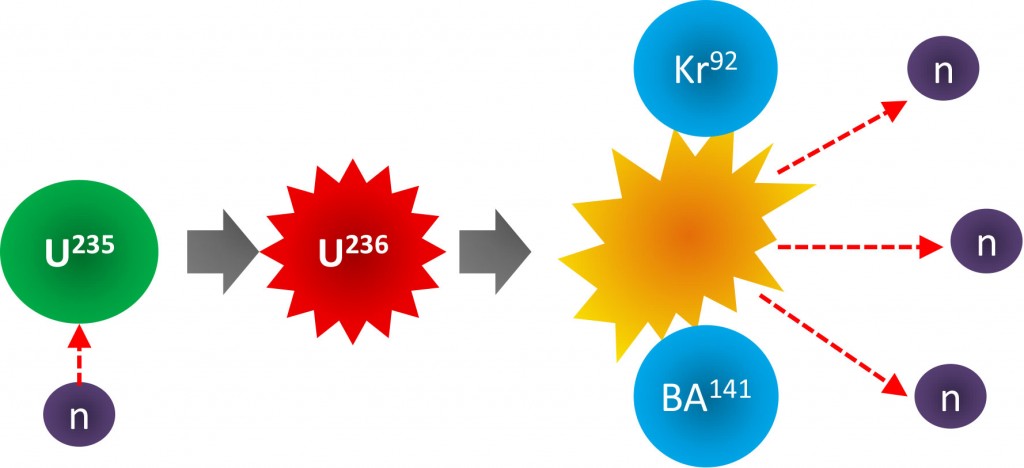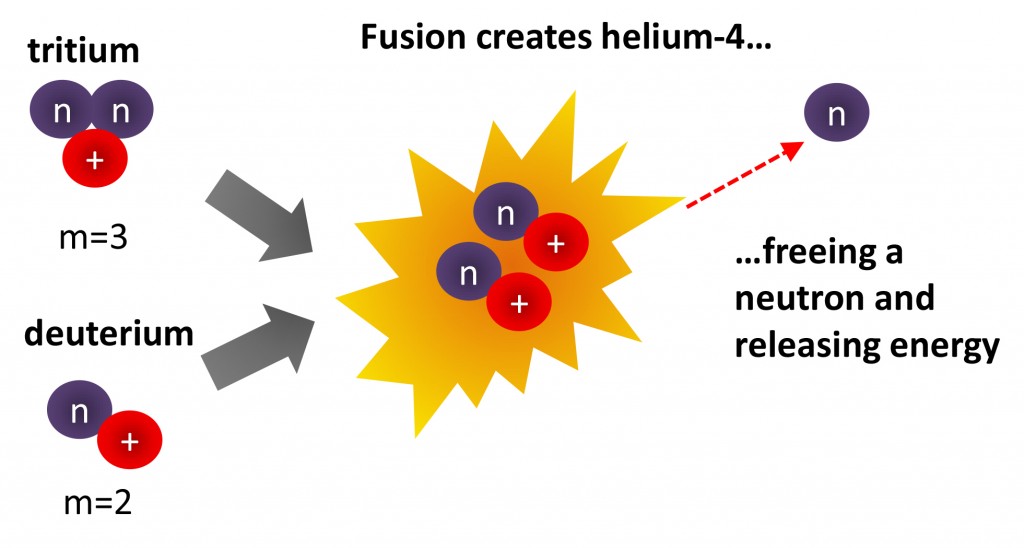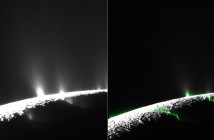When people talk about nuclear power plants, they’re talking about power created by fission energy. Remember that word, fission. Fusion energy works from a completely different scientific principle, and offers the advantage of clean renewable fuel on a large scale. It also has some earth shattering properties, so you may want to get your head around it. For instance did you know
- A Nuclear fusion reactor operates at temperatures of 100,000,000 degrees Celsius (that’s 10 times hotter than the sun)
- Fuel used in this reaction can be made from water and lithium and then from by-products of reactions – so once a reactor is running it does not require additional fuel.
- In the worst case scenario, if a reactor blows up and releases the particles into the air, they would not cover more than a few hundred meters around site, thus relatively safe.
So what is the difference between nuclear fusion energy and the nuclear energy found in conventional nuclear reactor?
The nuclear power plants that exist today utilise something called the “fission” reaction process (remember that word?).
In a fission reaction the goal is to split the atom in order to produce large amounts of energy.
This is what a typical nuclear fission reaction looks:
A neutron irradiates a Uranium (U235) atom. The number 235 refers to the mass of the atom – i.e. the number of protons and neutrons in the nuclei. Spontaneous fission reactions occur for only the very heaviest nuclides those with mass numbers of 230 or more.
For a short moment this creates what I like to call an ‘excited state’. Uranium 236 which then splits into lighter elements (Barium and Krypton) and releases free neutrons (as well as plenty of radiation via gamma rays) setting off a chain reaction. One of these neutrons striking another nucleus results in fission.
Nuclear fusion is the complete opposite process: whereas in fission we are trying to split the atom to create a new nucleus, in fusion we are mixing them together – at very high speed – to create a new nucleus.
In fission we are using heavy atoms, in fusion we want to use the lightest possible. Incidentally, this is the exact same process that goes on in our Sun. So in a fusion reactor we are essentially recreating the sun except burning 10 times higher (yes, that’s 100 million degrees Celsius). Since we are recreating the reaction in a smaller space and this requires more energy.
A typical fusion reaction looks like this:
The deuterium fuel is abundant and is actually found in water (c.6mg per litre), but tritium must be either bred from lithium (including old car batteries) or harvested in the operation of the deuterium cycle (in other words – the reactor, once running, MAKES ITS OWN FUEL). As such there are no additional fuel costs for a nuclear fusion reactor once it is up and running.
So to summarise, nuclear fusion:
- Produces more energy during the reaction
- Endless supply of fuel
- Leaves very little radioactive waste
To understand how the reaction works in practice we can refer to the CCFE website:
“To get energy from fusion, gas from a combination of types of hydrogen – deuterium and tritium – is heated to very high temperatures (100 million degrees Celsius). One way to achieve these conditions is a method called ‘magnetic confinement’ – controlling the hot gas (known as a plasma) with strong magnets. The most promising device for this is the ‘tokamak’, a Russian word for a ring-shaped magnetic chamber.”
Figure 1: A Tokomak reactor. Source: http://www.ccfe.ac.uk/How_fusion_works.aspx
The Tokamak reactor design is required as the temperatures inside are so high they would melt the materials of the reactor on collision and hence have to be kept away from surfaces via magnetic currents.
Keep an eye on my opinion pages, as I will reveal some of the exciting private start-ups in fusion technology who aim to accelerate the pace and attracted large investments from the likes of Paul Allen and Jeff Bezos.





